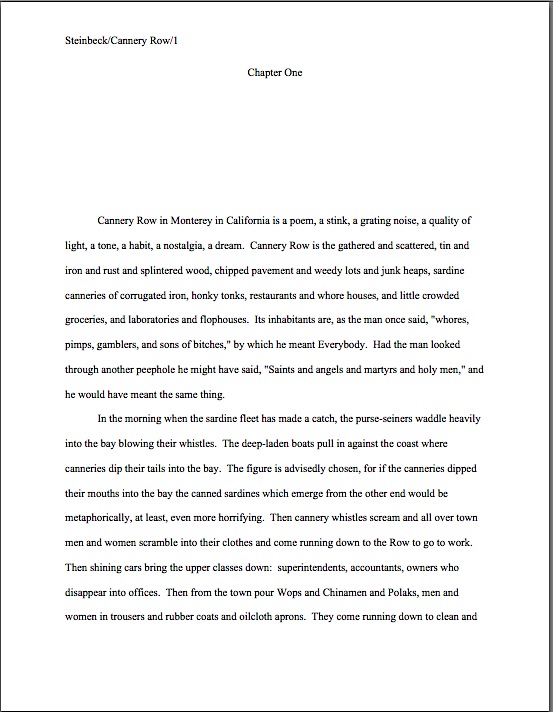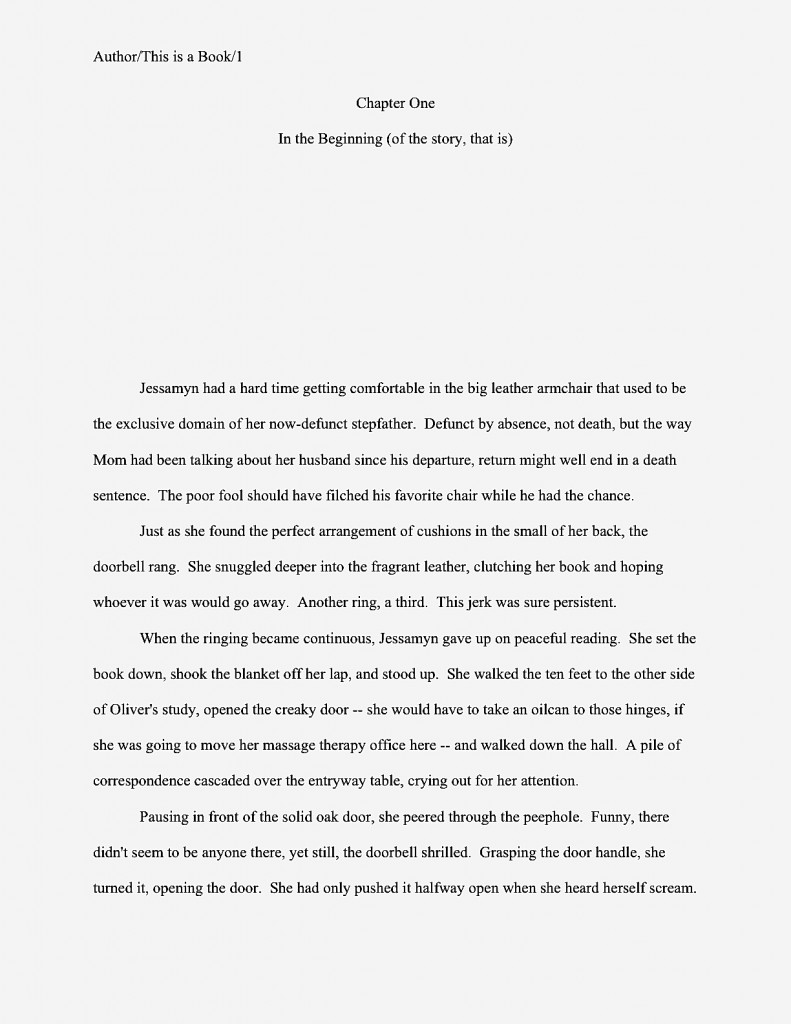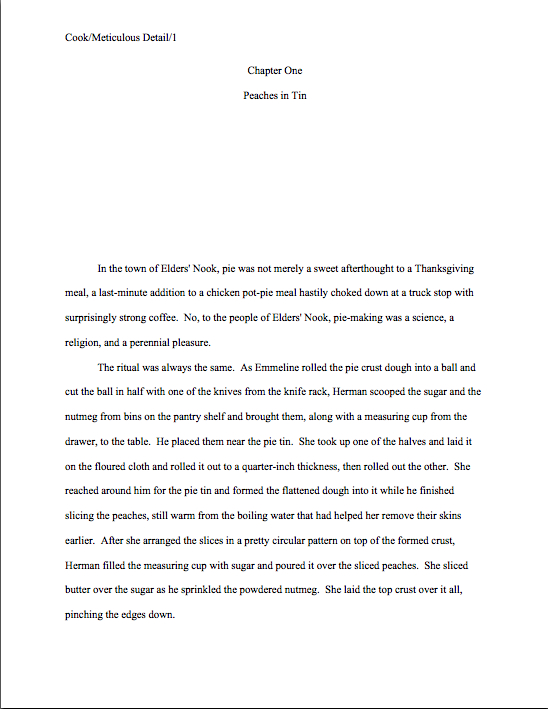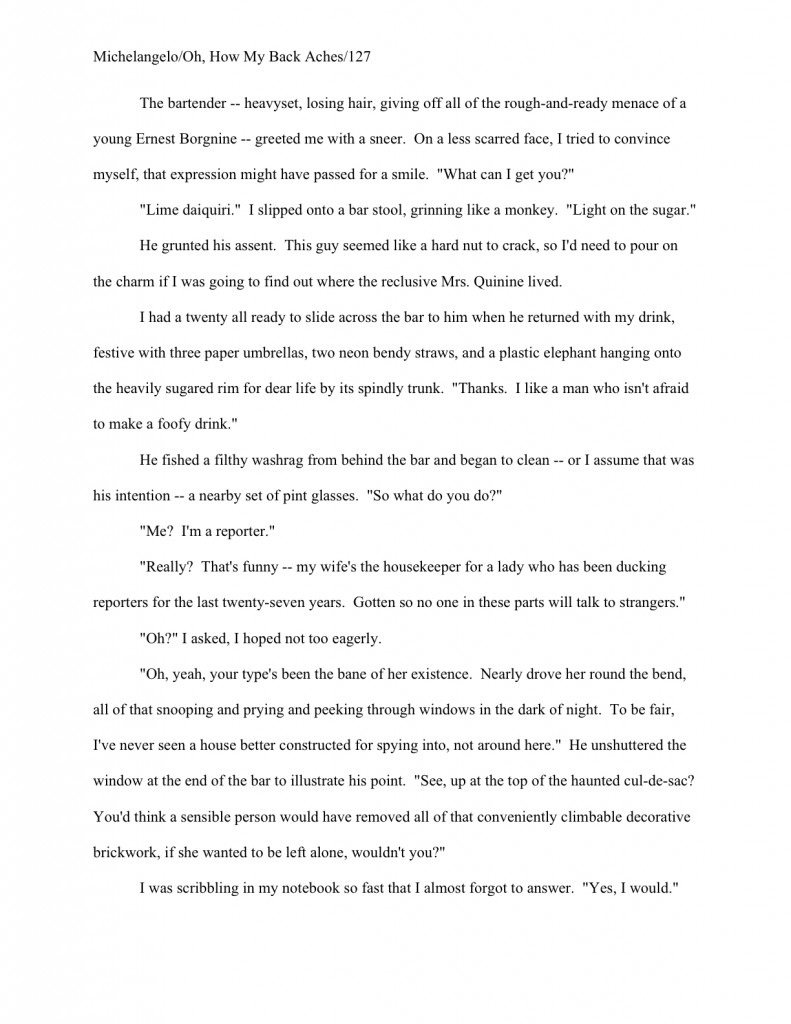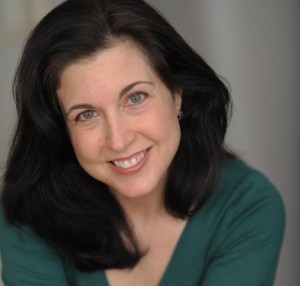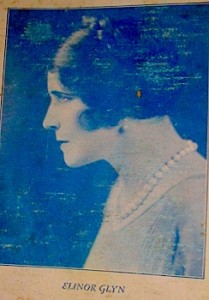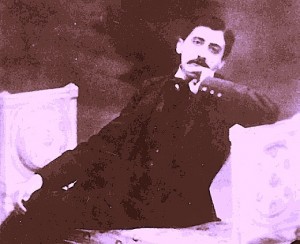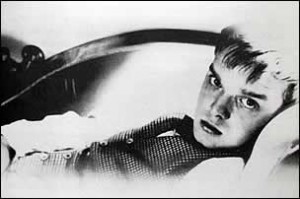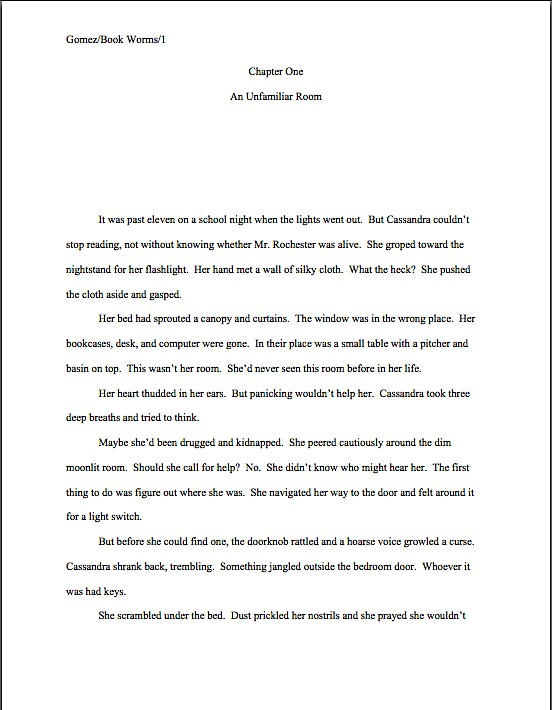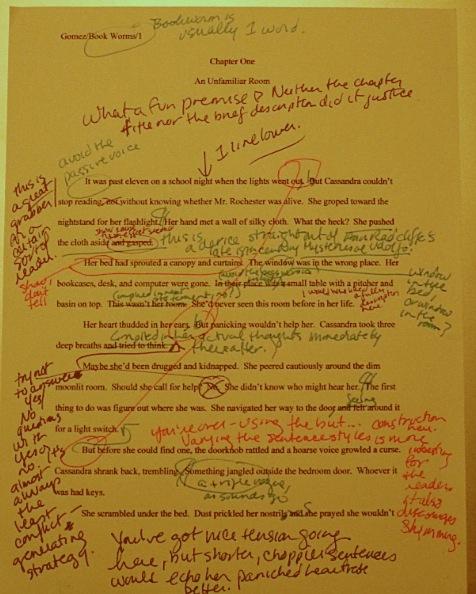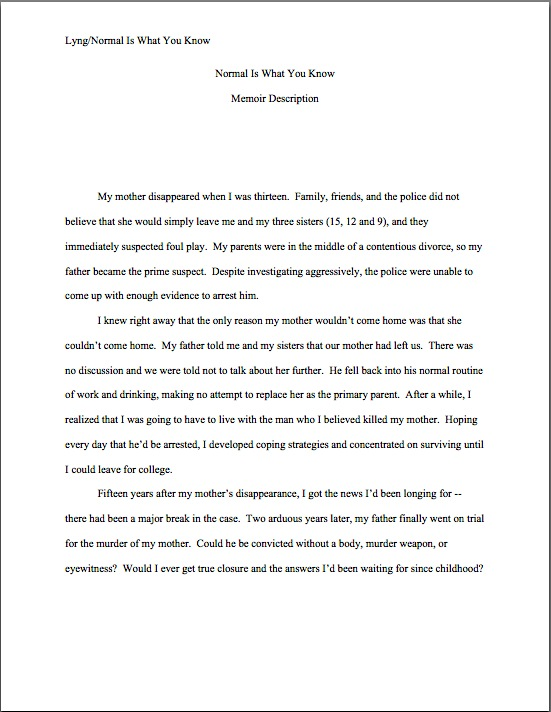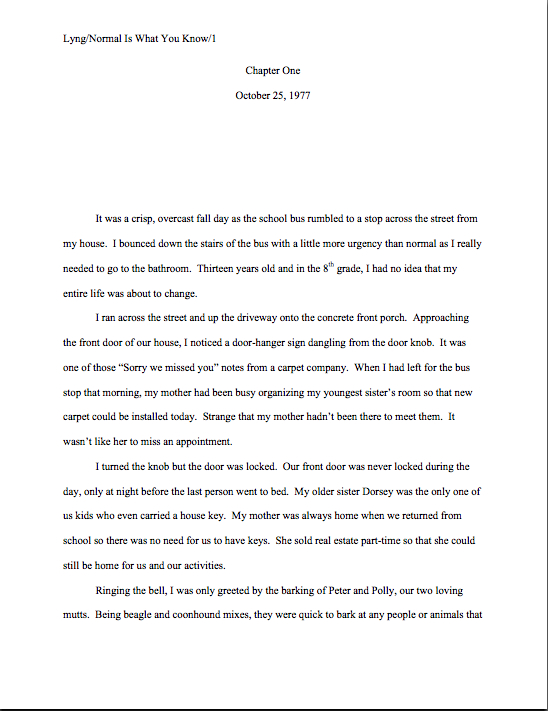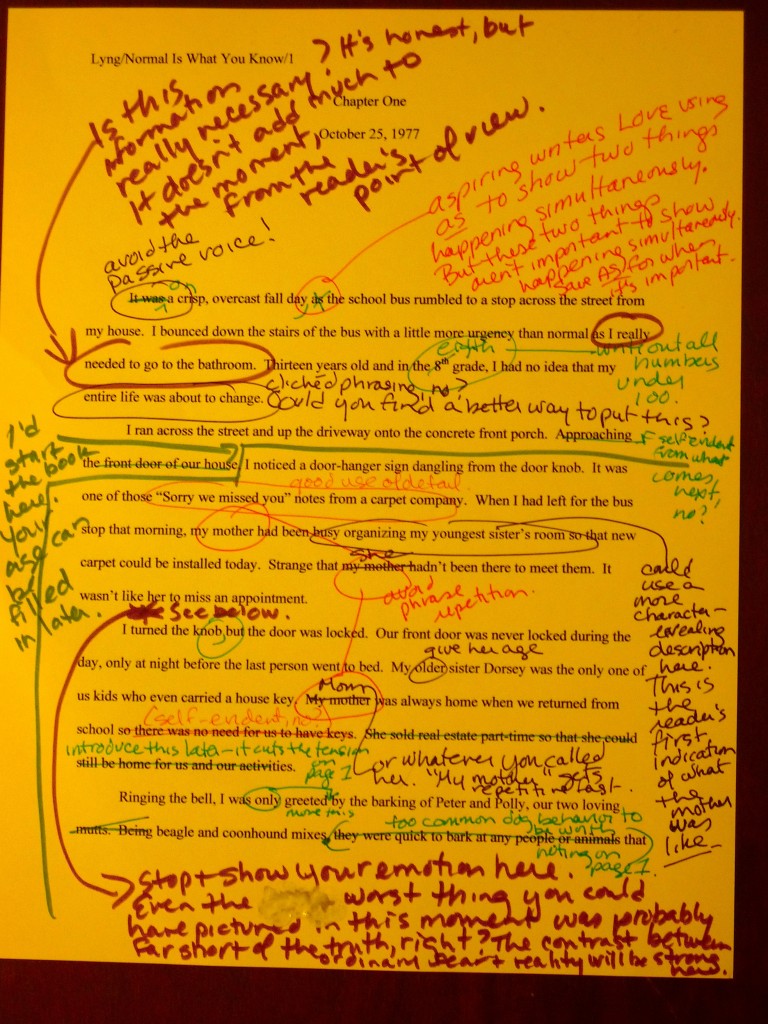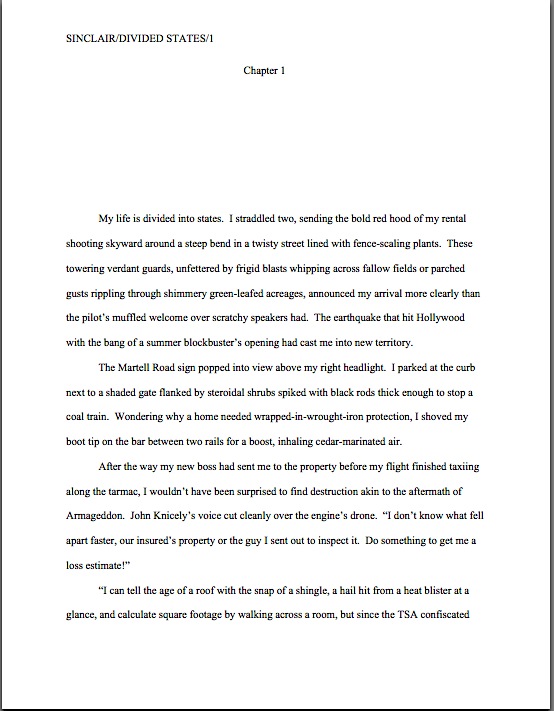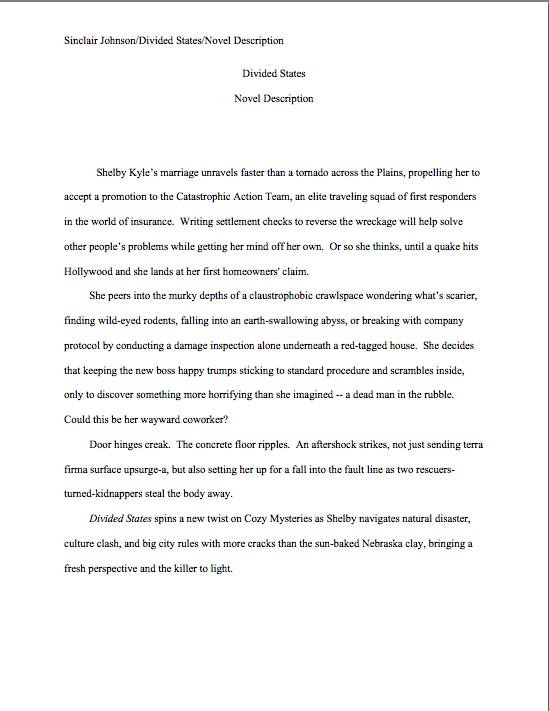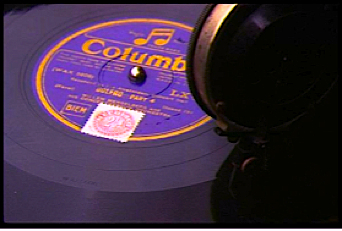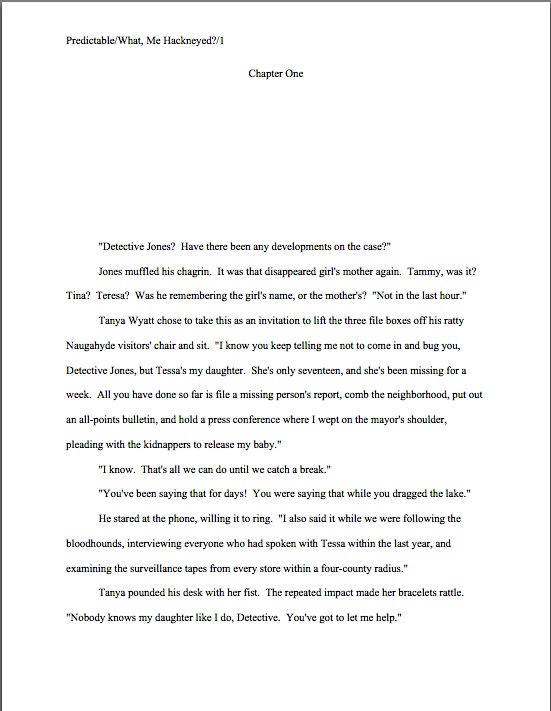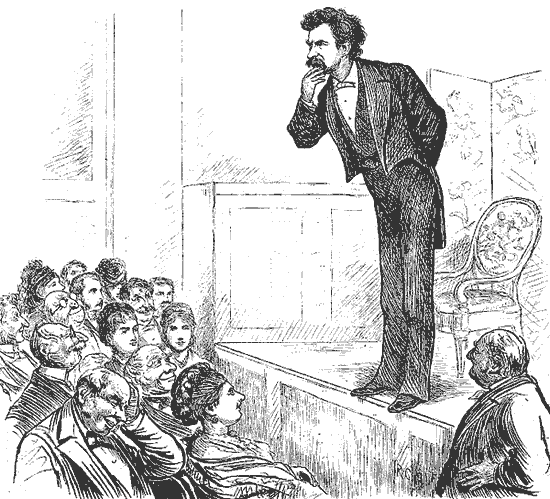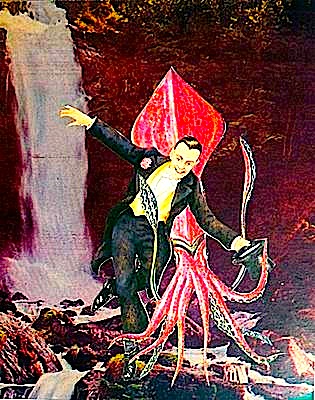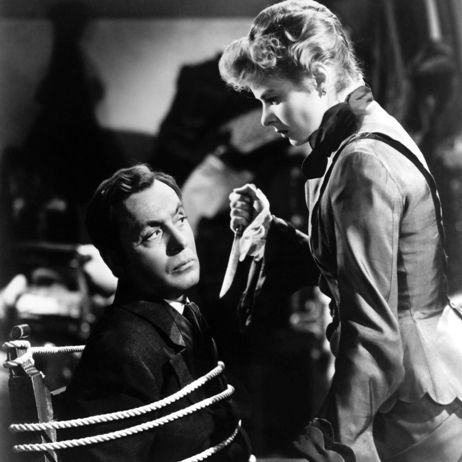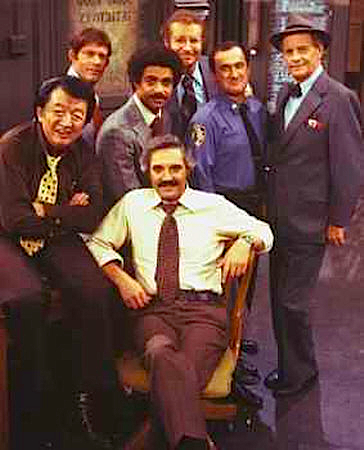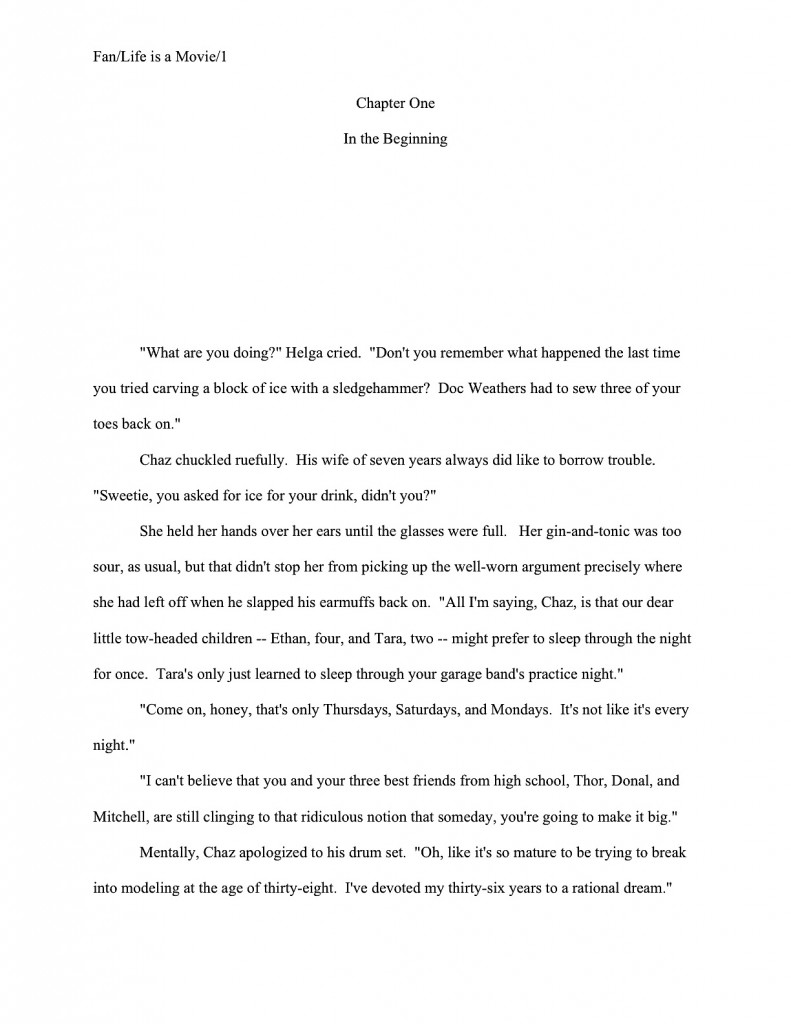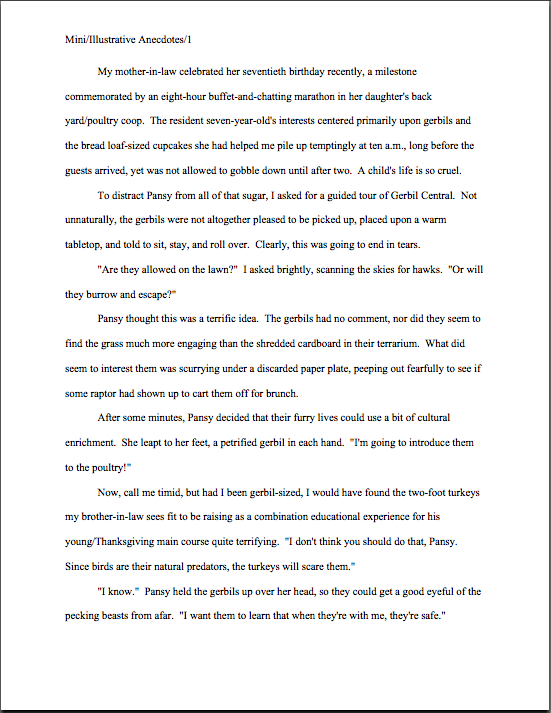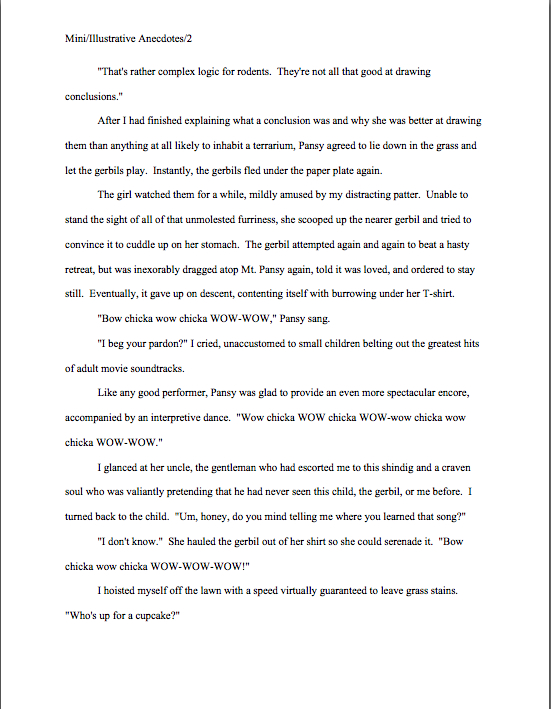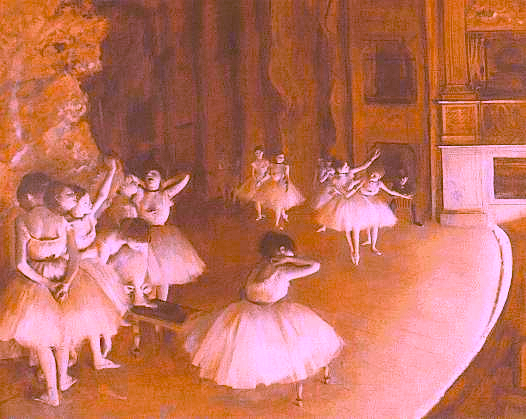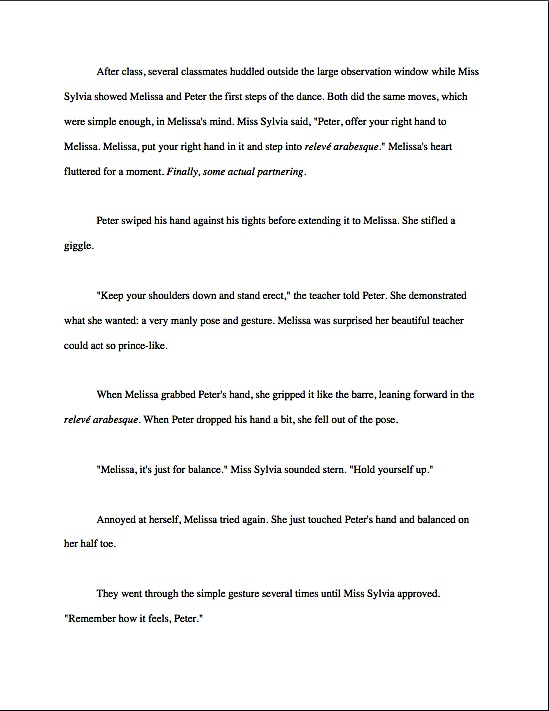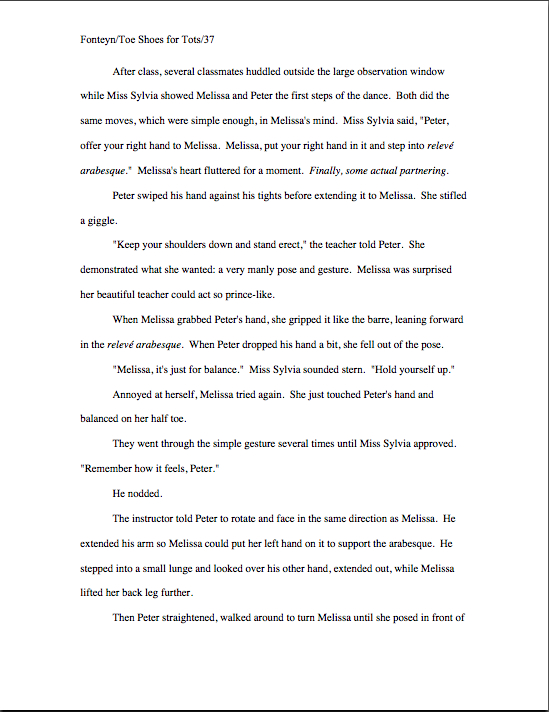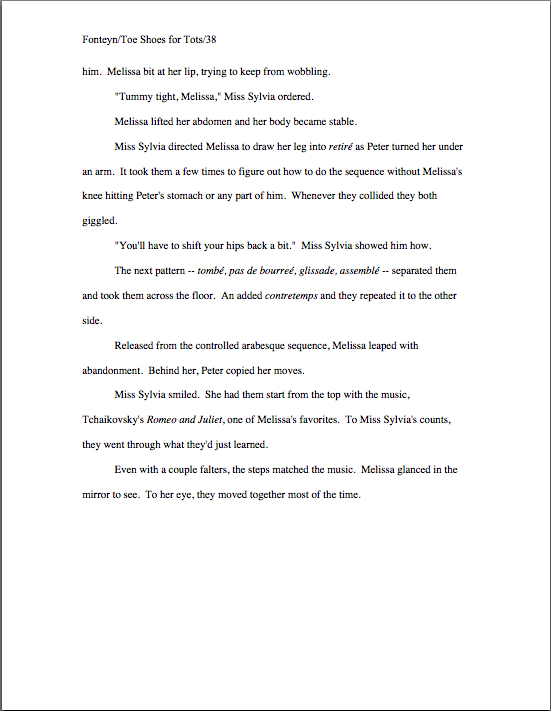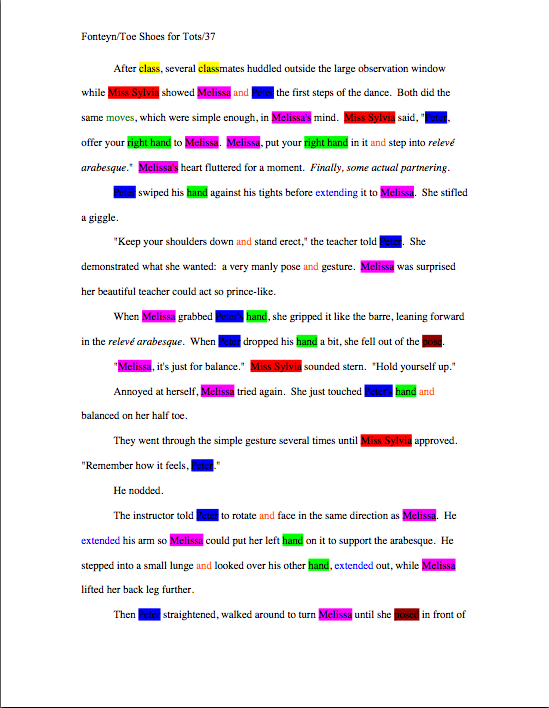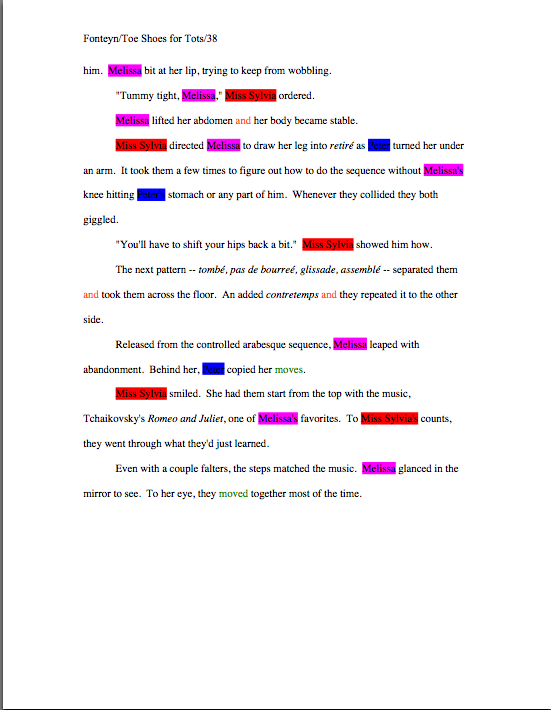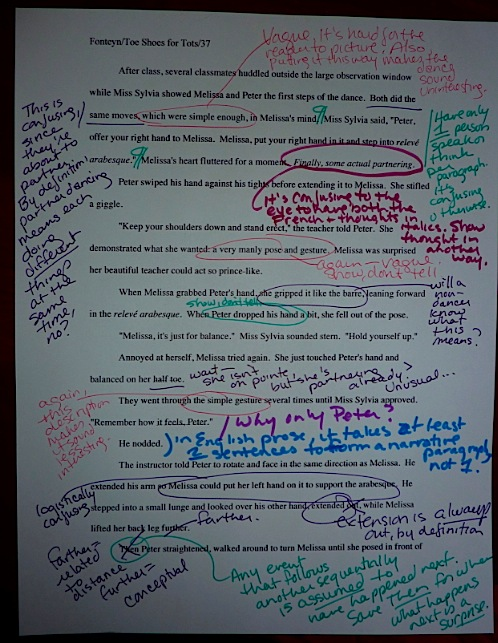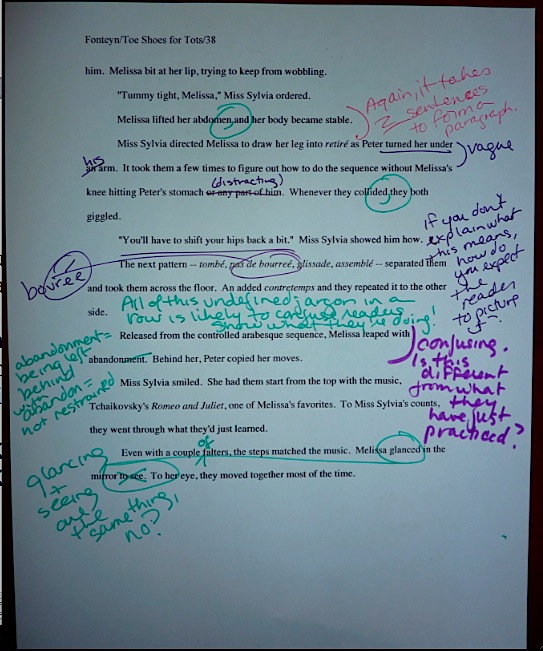What do you mean, most manuscrips get rejected on page 1? That’s ridiculus.
I can’t believe you’re telling us that presentation can count as much as writing style. Agents know to look past any minor problems to the actual writing.
I hate Millicent. She must hate literature, or else how could she possibly reject subission so quickly?
The publish industry has become completely shallow. They only care about what sells, so it’s impossible for a genuiney talented new voice to get heard. Why even bother?
You got me, commenters on my series on professional readers’ pet peeves: the publishing industry doesn’t care whether books sell or not; it’s a non-profit enterprise devoted to the promotion of literary art. Nor are agencies at all market-oriented: while they don’t actually object if one of their pet authors happens to have a book that sells well, they can all afford to take on every project that appeals to them, regardless of whether they think they can sell it or not. Agents have limitless time to proofread — or even copyedit — their clients’ work before submitting it to editors, so it doesn’t matter what shape a manuscript is in when they take it on, and since they never specialize in a particular kind of book, they take chances on writing they just like all the time. In fact, they have so much time on their hands in any given workday that Millicent the agency screener doesn’t actually exist: she’s a figment of my imagination, intended to fill you with fear. In practice, every agent in the United States sits down to read every single query submitted, as well as every syllable of every requested manuscript, before making up her mind whether to reject it or not. Since only bad writing gets rejected, this of course an easy task.
In short, there’s no need for a naturally talented writer to take the time to learn how to format a manuscript, much less proofread it. Or, heaven forfend, find out how the publishing industry actually works.
Do I even need to shout, “April Fool,” campers?
I sincerely hope not. I’m writing about real-world phenomena here, not my opinion about how promising new talent ought to be discovered. I’m only telling you about the norms; I didn’t invent them. But now that some of you have brought your concerns about how difficult it is to get published to my attention, I’ll just wave my magic wand, and…
Oh, wait a minute: not being the Literature Fairy, I can’t change the publishing world upon request. No matter how often aspiring writers plead with me to say I didn’t really mean it when I said that there are practical things they can do to maximize the probability of their work making it past Millicent, I’m simply not in a position to alter reality in this respect. Sorry.
Which is why, in case any of you had been wondering, I’ve chosen to take the hard path here at Author! Author!, concentrating on craft and marketing issues, rather than just being a cheerleader for writers in general. I don’t believe (as some writing gurus out there apparently do) that it helps aspiring writers much to view the submission process through a rosy, hazy glow: as both a lover of literature and a great believer in the intelligence of writers, I would rather show you the actual conditions under which your work is going to be evaluated, encourage you not to worry about the factors that are outside your control, and, yes, to urge you to consider altering your texts to improve your chances of impressing Millicent.
Rather than, say, investing your energies in resenting Millicent for existing at all. It’s not her fault that the competition to grab an agent’s attention is so very fierce.
Surprised to see me defending her? Don’t be: I’m rather fond of our Millie. Without her, it simply would not be possible for agents to give even a passing glance to the avalanche of queries that constantly arrive in their offices. Then, too, it’s hard not to feel protective toward someone writers routinely blame for a system she did not create.
Heck, blame is putting it nicely: because most aspiring writers understandably don’t tend to think of their own queries or submissions as just one amongst the thousands an agency receives, many just assume that if they are rejected, the problem must lie in the obtuseness of the reader, rather than in any problems in the manuscript.
From Millicent’s perspective, this doesn’t make sense: there is quite a bit of truth to the industry aphorism that most manuscripts reject themselves. Not merely via the kind of opinion-influencing pet peeves we’ve been talking about throughout this series, but through plain old weak writing. Or a story that’s just not very interesting, or one that’s not original. Or — and this often comes as a gigantic surprise to those new to the process — because it’s not the kind of book that her boss habitually sells.
And frankly, in most cases, it genuinely is possible for a sharp reader to spot these problems within the first page. Sometimes with in the first couple of lines. Most of the time, it’s not a particularly hard decision, or one that ties her up in agonies of indecisiveness. To put it bluntly, from where Millicent is sitting, the vast majority of submissions deserve to be rejected.
To most aspiring writers, this attitude would come as a surprise, and with good reason: all they believe is being judged in a submission is the writing style and the overall story. The former is either good or bad, their logic tends to run, with few possibilities in between: if the writer is genuinely talented, it will be instantly obvious to an agent or editor.
If the prose needs work, well, that can always be fixed down the line: it’s the voice that counts. Regardless of how hard the text may be to read due to typos, skipped words, light gray type because the printer cartridge was running on empty, etc., an agent who truly loves literature is going to read the entire submission, because, after all, why would she ask for 50 pages if she didn’t intend to read every word? Nor will she worry about niggling marketing issues like who the target audience is for the book: good writing sells itself. And even if it didn’t, that would be the publishing house’s problem, not the author’s.
Is here where I get to shout, “April Fool!” again?
Unfortunately, no: while not all aspiring writers draw out the logic to this extent, this is the basic mindset reflected in the comments at the top of this post. These sentiments — including, heaven help us, the spelling — are not exaggerations to make a point: they are honestly representative of the feedback I have gotten from aspiring writers over the years whenever I have gotten specific about red flags in manuscripts.
Oh, not all of the feedback takes this tone, of course; this is merely a vocal minority. The Author! Author! community is rife with urbane, sensible aspiring writers who honestly do want to find out why some manuscripts get rejected and others do not. Which is why most of the protests that inevitably arise whenever I start going through common reasons that submissions get rejected on page 1 — as the vast majority of them do, much to the chagrin of aspiring writers all across the English-speaking world — tend to take a much more dignified, thoughtful tone.
Not to mention being spelled better. Why, just today, incisive reader Nancy posted this well-argued comment on yesterday’s celebration of pet peevery:
Thanks for the post. I’ve been giving some thought to page one & chapter one revisions. But one thing bothers me about this post & how you present it. It seems like we should be tailoring our early content for the sole benefit of an over-worked, bleary-eyed, impatient Millicent so that she doesn’t hurl our beloved pages into the trash. It doesn’t seem right to fashion our stories in this manner. It feels much like pandering to me. I’d like to believe that Millicent doesn’t need the blockbuster explosions in line five of chapter one just to pull her into the story. Surely she is more sophisticated than that.
I love this kind of comment, because it both reflects a very natural resentment common amongst aspiring writers and an understanding rare amongst submitters that Millicent actually has an incredibly difficult job — much, much harder than it used to be before the advent of the home computer permitted the number of queries and submissions she has to get through in any given week to skyrocket. I’m not convinced that there are more people who want to get books published now than ever before, but technology has certainly made it significantly easier for the aspiring writer to get her work in front of Millicent’s aforementioned bleary eyes.
Oh, you had thought that she uses form-letter rejections — or, increasingly, no rejection letter at all — because she likes them? Au contraire, mon frère: it’s a matter of available time. Think about it: it’s her job to narrow the tens of thousands of queries and hundreds of requested materials packets down to the couple of dozen of manuscripts her boss, the agent of your dreams, could possibly read himself for consideration for the four or five (at most) new client slots he has this year.
Which is to say: our Millie doesn’t magically get more hours in the day if the current flock of submissions happens to be especially good. Talk to the Literature Fairy about that.
But that’s not how aspiring writers think about the submission process, is it? To the garden-variety hopeful querier or submitter, it’s practically unthinkable that the other writing projects the agency receives would have any effect on how an agent might view her book.
All that ever matters are the story and the writing style, right? Right?
From Millicent’s point of view, no. She is in charge of mediating the competition for those few client spots, not rewarding every prettily-worded submission that she sees. If her agency hasn’t been able to sell a story like the one in front of her for the last couple of years, she’s going to lean toward rejecting it. Furthermore, she reads too many manuscripts to believe that the way the text appears on the page is not reflective of how serious a writer is about his craft; she has observed too many book sales to regard whether an editor is likely to find the opening pages too slow as irrelevant to whether the manuscript would appeal to her boss.
What we have here, in short, is a failure to communicate, exacerbated by form-letter rejections that don’t let the writer know whether Millicent rejected a manuscript on page 1 or page 25. Or if abundant typos prompted her to stop reading, or if the story just didn’t interest her. Or — and this is positively mind-boggling, from a writerly perspective — whether she loved everything about the manuscript, but her boss just didn’t think it would sell in the current literary market.
Don’t think that’s a legitimate concern? Okay, let me ask you: why are you seeking an agent for your manuscript? Do you not hope and expect that agent to sell your book to a publisher?
Interesting to think of it in those terms, isn’t it?
Now that we are in a marketing mindset, let’s return to Nancy’s central question about yesterday’s post: if a writer bases a decision about what scene should open a manuscript upon what she thinks will appeal most to Millicent — or even gives some serious thought to how her book might appear to someone who read only the first page — is she pandering to the agency and, by implication, compromising her art? Or is she merely being market-savvy, and are the two mutually exclusive?
A perfectly legitimate set of questions from a writer’s point of view, right? To Millicent, they wouldn’t even make sense.
Why? Well, for the same reason that the question of selling out vs. artistic integrity has traditionally been much more of a concern for aspiring writers than ones who already do it for a living. From a professional point of view, there is not a necessary trade-off between good art and good marketing. If there were, getting published would be solely the province of those who don’t care about literary style, right?
“If an aspiring writer believes that,” Millicent says, scratching her head, “wouldn’t my being interested in his book be an insult? And how could a writer justify admiring an established author, who by definition writes for a specific market? This sounds like a Catch-22 to me — an unusually-structured novel that became a major bestseller, by the way — if playing to an audience necessarily means throwing one’s artistic values out the window, why would anyone who liked good writing ever read a successful author’s work?”
Allow me to translate, Millicent: aspiring writers sometimes assume that there’s only one right way to tell the story they have in mind — and that the author is only person who can determine what that running order is. From this point of view, it’s equally harmful to artistic freedom of expression for an editor to ask a writer to change the opening scene as for the writer to feel compelled to rearrange the text to begin with action, because someone giving advice on the Internet said — accurately, as it happens — that you tend to reject slow openings. In essence, both imperatives are based upon the assumption that it’s sometimes necessary to sacrifice the most effective way of telling a story in order to sell a book.
“Please tell me,” Millicent replies, “that you’re about to shout, ‘April Fool!’ Are you seriously suggesting that it’s artistically inappropriate for an agent to say, ‘Okay, new client, I like your book, but it would resemble other books in your chosen category — and thus be easier to sell to the editors who acquired those books — if you rearrange the running order?’ Most published novels get revised fairly heavily between when an agent picks them up and publication, and while new authors tend to kick up a fuss about it, most ultimately agree in the long run that the requested revisions actually improved their books. So I think you’d be pretty hard-pressed to find anyone on my side of the submission packet who would say with a straight face that the author’s original version is the best or only way to structure a book.”
If you listen closely to both sides of this argument, you can hear how it comes back to that perennial difference of opinion about how and why books should get published. On the one hand, many aspiring writers would like to believe that it’s Millicent’s job — and the publishing industry’s duty — to base decisions upon what to accept and what to reject solely upon writing talent (defined by potential, rather than what’s actually on the page) and the inherent interest of the story (defined in artistic terms, and not by what readers might actually buy). On the other hand, many agents and editors — and their Millicents — proceed on the assumption that it’s the writer’s job to create interesting, marketable manuscripts written in a strong, unique authorial voice appropriate to the target audience’s already-established likes and dislikes.
A good writer, in their opinion, is one who can pull off this high-wire act without compromising the book’s artistic value.
Which is in fact possible, as the work of all of our favorite authors attest. But if a writer trying to break into the biz chooses to think of the demands of art and the market as necessarily mutually exclusive, it’s a significantly more difficult high-wire act to complete without tumbling to the ground.
And honestly, in my experience, speeding up an opening scene or making it read more like a story in its chosen book category seldom involves doing great violence the text. It’s often as simple as moving that great exchange on page 4 up to page 1, or drafting a conflict-ridden scene from later in the book to use as a prologue.
Or — brace yourselves, purists, because this one is going to sting a little — going into the composition process realizing that it would be desirable to open the book with conflict, rather than a scene where very little happens or one loaded with constant digressions for backstory. While you’re at it, including a strong, sensual opening image would be nice.
That’s not a matter of the market dictating content. That’s a matter of understanding how readers decide whether to get invested in a story or not.
I’m not just talking about Millicent, either. Plenty of readers habitually grab volumes off bookstore shelves and scan the first page or two before buying a book, after all. While readers’ pacing expectations vary widely by book category (and sometimes by country: even literary fiction published in the U.S. tends to start much faster than similar books published in the U.K.), you must admit that it’s rare to find a reader who says, “You know what I like? A story that doesn’t appear to be going anywhere until page 148.”
Is that blinding glare spreading across the horizon an indication that a whole lot of light bulbs just went off over a whole lot of writers’ heads? You performed the translation for yourself this time: the publishing industry — and its first reader, Millicent — believes it is doing right by its customers by habitually rejecting slow-opening books or those with plots that don’t seem to be going anywhere for the first 200 pages. It’s protecting them from — well, perhaps boredom is a harsh term, but certainly disappointment.
What makes publishing types think that they know what readers want? They have the sales statistics for what readers are already buying sitting in front of them.
Instead of debating whether past sales are necessarily indicative of the kind of book that will strike readers’ fancies a few years hence, let’s take a moment to consider from what Millicent is protecting the reading public. Generally speaking, it’s not vividly rendered, fascinatingly written exemplars of cutting-edge prose that send her groping for the form-letter rejection pile. A startlingly high percentage of what any screener or contest judge sees reads like this:
It was a dark and stormy night. It was cold in the castle. Myra shook her long, red hair down her back, shivering. She was tall, but not too tall, a medium height just perfect for melting into Byron’s arms. She walked from one side of the room to the other, pacing and thinking, thinking and pacing. The walls of the room were covered in tapestries needled by her mother who spent years bent over them. Myra barely glanced at them now.
Come on, admit it — you wouldn’t really blame Millicent if she rejected this, would you? The writing’s not interesting, the sentence structure is far too repetitive, and nothing’s really happening. About all it has going for it, from a professional perspective, is that all the words are spelled right.
Oh, you may laugh, but part of Millie’s job consists of saving the literary world from the rampant misspellings that characterize the average submission — and an astonishingly high proportion of otherwise rather well-written ones. Let’s don her super heroine’s cloak for a moment, to see just how difficult the decision to reject such a manuscript would be.
If you opened the day’s submissions and saw this novel’s opening, how likely would you be to recommend that your boss read it? Or even to turn to page 2 yourself?
This is not a particularly egregious example of the type of manuscript problem Millicent sees on a daily basis. If the formatting, spelling, grammar, and capitalization issues bugged you, you were reading like a professional: when a pro looks at a page like this, what she sees is how it could be improved. In this case, so much improvement is needed that she would automatically reject this submission. Better luck next time.
But if you were reading this page as most aspiring writers read their own work, you probably saw something different: the charm of the story, the rhythm of the writing, the great use of specifics. You would have reacted, in short, rather like Millicent would have had the page above been presented like this.
Now that the distractions are cleared away, it’s rather nice writing, isn’t it? It ought to be: it’s the opening of Nobel laureate in literature John Steinbeck’s Cannery Row.
As those of you prone to thinking cynically about how hard it is to get published nowadays may be pleased to note, it would be nearly impossible for an aspiring writer to get this first page past Millicent today, even in the second format. Actually, even a very well established author might have difficulty getting this published now: that many ands in a row would put many a professional reader off. Essentially, this is a long list, rather than a fully fleshed-out description.
It’s also, by current standards, a rather slow opening. “Who is the protagonist?” Millicent cries. “And what is this book about?”
Based upon this page alone, it appears to be primarily about the writing — and that renders the peculiar sentence structure and choice to open with this material even more pertinent. John Steinbeck, no doubt, considered those run-ons artistically necessary; presumably, he also had a reason for electing to begin his story with this series of lists. When you have a Nobel Prize in literature, your readers may well be tolerant of this kind of thing. Even as a reader quite fond of the book that follows, though, I can’t concur in his choices: this page 1 does not even remotely do justice to the fabulously quirky characters and hilarious plot twists to come.
“This book is funny?” Millicent asks incredulously. “Could have fooled me.”
Actually, the opening page fooled you, Millie, and it’s hard to hold anyone but the author responsible for that. In Uncle John’s defense, though, his target readership would have grown up on Victorian novels, books where the early pages were often devoted to establishing time and setting through generalities. (And in the passive voice: It was the best of times, it was the worst of times, etc.) It just goes to show you, the standards of what constitutes good writing are constantly evolving.
“Aha!” Millicent shouts triumphantly. “So much for the notion that good writing is always good writing. Take that, writers who want to blame me for readers’ ever-changing tastes! If I advised my boss to snap up every manuscript that would have sold readily 10, 20, or 150 years ago, I would not only be ignoring current literary tastes, but doing a disservice to those old-fashioned writers. It breaks everyone’s heart when we can’t place a book we love.”
That doesn’t require translation, I hope. Part of my goal in presenting Millicent’s pet peeves is not only to help aspiring writers realize that there is a human being, not a literature-evaluating machine, reading their submissions, but that since professional readers honestly do tend to like good writing, it genuinely annoys them to see a nicely-written opening marred by technical problems. Or a story with a lot of potential squandering the reader’s attention with too much backstory up front. Or — you were anticipating this one, weren’t you? — a beautifully worded first page making itself hard to market by eschewing conflict.
Is that the same thing as requiring a writer to compromise his artistic integrity or harm the story he is trying to tell? She doesn’t think so, nor, I suspect, would anyone else who reads manuscripts for a living. They have faith, even if aspiring writers don’t, that a genuinely talented storyteller will possesses the skills and creativity to structure her tale to grab the reader from the top of page 1.
Which most emphatically does not mean, as today’s commenter suggested, that every opening needs to read like the first scene of a thriller: “I’d like to believe that Millicent doesn’t need the blockbuster explosions in line five of chapter one just to pull her into the story. Surely she is more sophisticated than that.”
Yes, she is — and so was the argument in yesterday’s post. If I may take the liberty of quoting myself, I specifically urged everyone not to begin page 1 with explosions or other genre-inappropriate activity:
Not enough happens on page 1 is often heard in its alternative incarnation, the story took too long to start. . On behalf of agency screeners, sleep-deprived and otherwise, all over Manhattan: please, for the sake of their aching heads and bloodshot eyes, get to the action quickly.
And not merely, as so many writing gurus recommend, just any action: toss the reader directly into conflict, by all means, but let that conflict be directly relevant to the story you’re about to tell. Remember, the goal here is to surprise and delight Millicent, after all, not to trick her into thinking that the story that follows is more plot-heavy than it actually is.
Many, many aspiring writers misunderstand this point, so I am glad that Nancy brought it up. Allow me to restate it in clearer terms: no one is seriously suggesting that it would be desirable, or even appropriate, for a good writer to shoehorn conflict onto page 1 that doesn’t arise from legitimate plot elements and/or character development. Nor is anyone telling you that action-movie pyrotechnics are necessary to attract Millicent’s positive attention. To conclude that the publishing industry insists upon this kind of action at the opening of every book it decides to publish is to ignore what has actually appeared on page 1 of the vast majority of novels published in the United States this year — or, indeed, any year.
To professional readers, then, it’s downright puzzling to hear aspiring writers complain that the publishing industry has turned its back on non-sensational writing. Once again, we run into a translation problem.
This one arises, I suspect, from responding too literally to the words action and conflict. Although countless aspiring writers misinterpret marketing admonitions like open with action, throw the reader right into the book’s central conflict, and make sure there is action on page 1 to mean we’re not interested in any stories that could not be made into action films, that’s simply not what the advice means. (That’s why, in case anybody had been wondering, I was careful to phrase the rejection reason yesterday as not enough happens on page 1 and the story takes to long to get started, not as the more commonly-heard open the book with action.)
In literary circles, action and conflict can refer to relatively quiet activities. Yes, nearby objects blowing up are one kind of action, but so is the protagonist taking steps to try to challenge a situation she finds onerous, even in a very small way. Conflict can involve a Bruce Lee-style kung fu brawl, but it can also be a character silently disagreeing with the speech his boss is making, his subtle body movements demonstrating his ire. Neither term could be fruitfully applied, however, to the protagonist’s sitting around and thinking, multiple characters complacently agreeing with one another, or paragraph upon paragraph of backstory distracting from the current scene.
Even as feedback on a specific text, the advice open with action seldom means supply all of the ladies in the opening quilting scene with switchblades, and make sure that quilt is bloody by the bottom of page 1! Typically, when a professional reader suggests rearranging the running order or revising the scene to add action, it’s as an antidote to a scene that drags. Adding interpersonal conflict, placing a barrier in the protagonist’s path, or just plain having something exciting happen (“Look, there’s an albatross flying by, Grandma!”) are all standard ways to speed up a slow scene.
Again, none of these tactics would necessarily involve compromising the artistic integrity of the manuscript, interfering with the basic storyline, or tossing a Molotov cocktail into the middle of a sedate tea party. Implementing them successfully may, however, require some good, old-fashioned creative thinking to come up with a means of introducing believable conflict onto page 1 — and, indeed, onto every page of the text.
Why? Because conflict is interesting; readers like it. Do you need a better reason than that? Keep up the good work!



